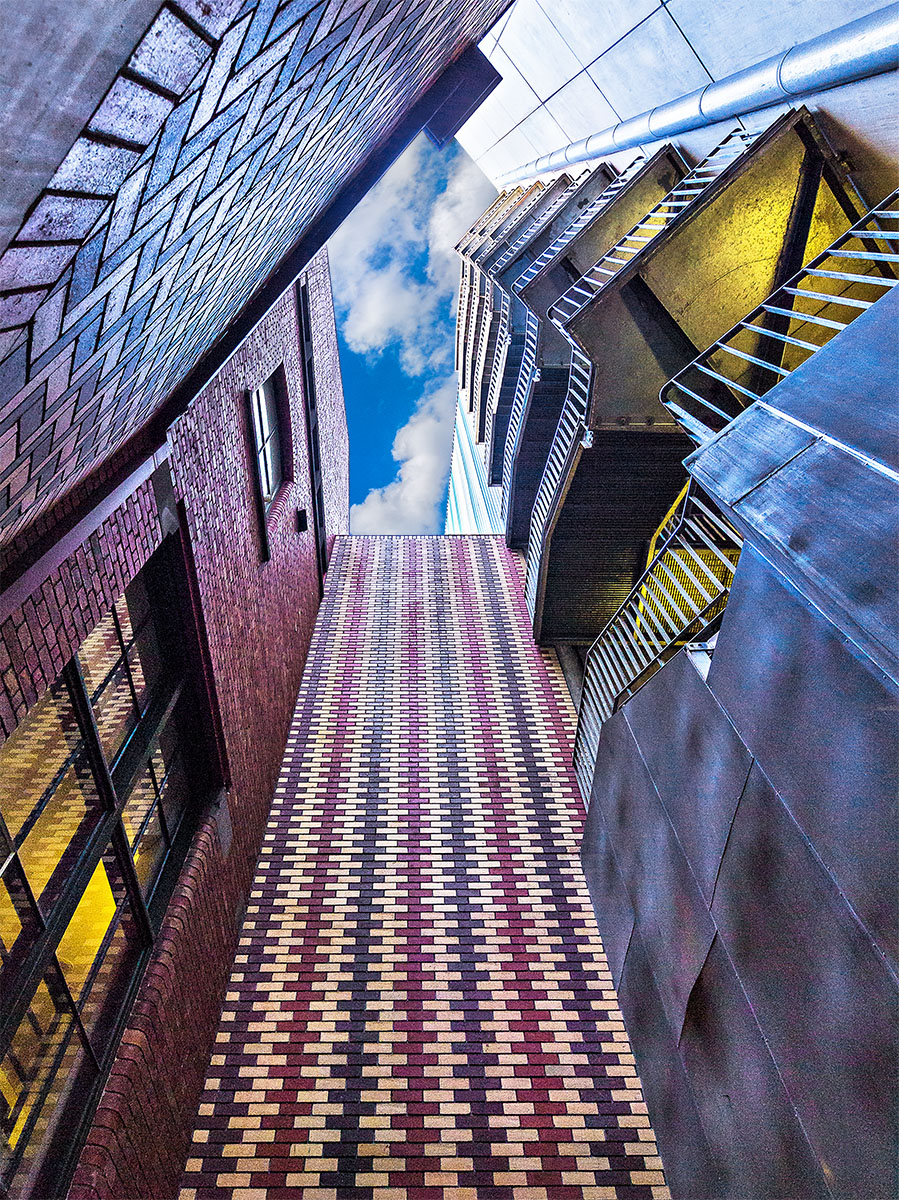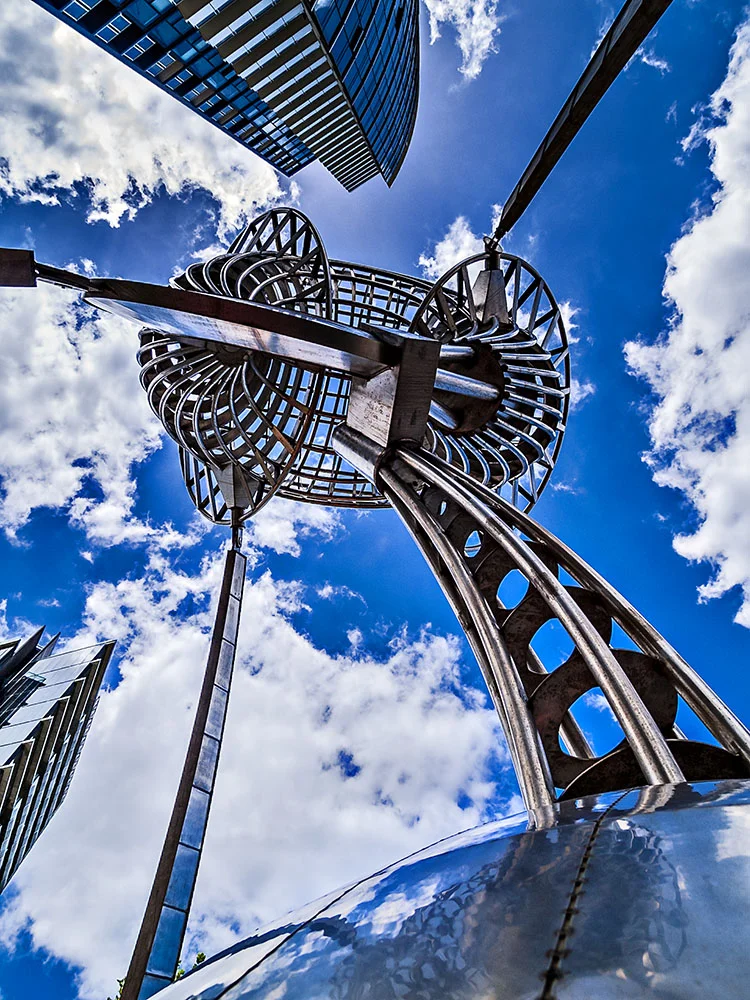On March 1, 1914, Lieutenant Eric Harrison took to the air in a Bristol Boxkite at Point Cook, south west of Melbourne. It was the first military flight in Australia, and to celebrate the centenary the Royal Australian Air Force staged an air show at Point Cook. There were static displays covering both historical and current military equipment and operations, and you could even apply to be the temporary guardian of a Belgian Shepherd puppy who might one day grow up to be a guard dog. But what everyone really came to see were the aerial displays.
Some fine examples of military flying machines spanning the whole hundred years put on a spectacular display throughout the day. Never having shot an airshow before, I found the learning curve to be quite steep. I got a bit over-confident early, but that was with pre-WWII planes. As the planes got faster, it progressively got harder to capture a good shot. As a general rule, I found it was much easier to shoot hovering helicopters than F-18 Hornets on afterburner. Heat haze also became a factor as the day got warmer, but I found the effect can be quite interesting.
All in all the RAAF put on a good day and even managed to schedule near perfect weather. Happy birthday to the RAAF.

















































